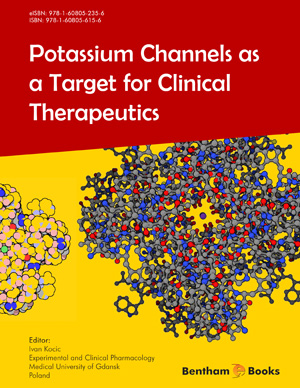Abstract
Despite the great progression of interventional cardiology, Ischaemic heart disease (IHD) remains one of the most common causes of morbidity and mortality worldwide. In this context, pharmacological cardioprotection seems to be another important strategy in the treatment of IHD. The landmark discovery of ischaemic preconditioning by Murray et al., the phenomenon that prior exposure to multiple brief periods of ischaemia may confer protection against a subsequent sustained ischaemic insult, was followed by studies to elucidate the cellular mechanism underlying this phenomenon of innate cardioprotection. The pathophysiological relevance of ATP-sensitive K+ channels (KATP ) to ischaemic heart disease and cardioprotection has been marked by numerous observations. In this chapter the role of sarcolemmal and mitochondrial KATP channels in the mechanism of ischaemia preconditioning, and its applications, potential and real, for patients suffering from ischaemic heart disease will be discussed.
Keywords: Cardioprotection, preconditioning, ischemia, cardiomyocytes, ATP-sensitive K+ channels, nicorandil, glibenclamide, 5-hydroxydecanoate, levosimendan, glyburide.






















